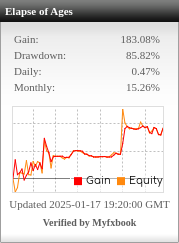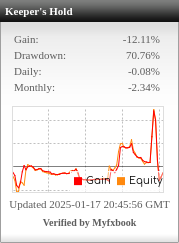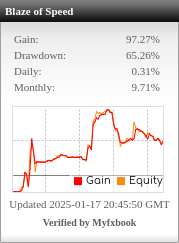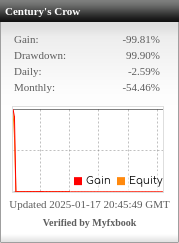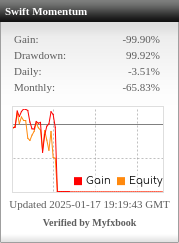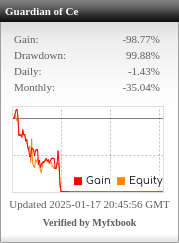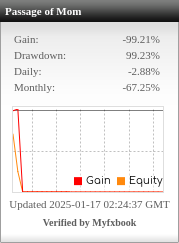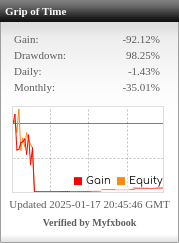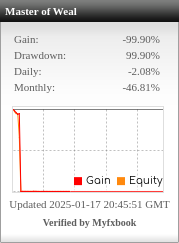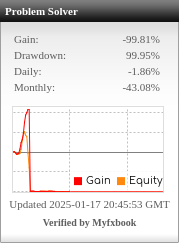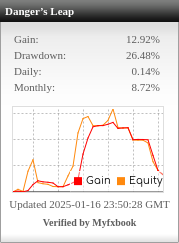Table of Contents
SQX has too many signal and indicators in it. so if i let it generating by genetic evolution. what do ya think? just about only Exit Type.
Using genetic evolution in StrategyQuant X (SQX) to optimize your strategy, especially for the Exit Type, is a smart approach. The genetic algorithm in SQX will explore various combinations of parameters and strategies, allowing you to automatically generate and optimize potential exit strategies without needing to manually test every combination.
Why Use Genetic Evolution for Exit Type Optimization?
- Complexity Management:
- Since SQX offers a vast range of indicators and signal combinations, using genetic evolution can simplify the process by selecting the most effective exit rules while you focus on your main goal: frequent orders with effective exits.
- Efficient Discovery:
- The algorithm will explore multiple combinations of trailing stops, profit targets, stop losses, and custom exit rules to find the best-performing strategy based on your goal of maximizing trades while keeping risk in check.
- Adaptability:
- The genetic algorithm evolves based on what works in the current market conditions, so the exit strategy it identifies might better adapt to gold’s volatility on both H1 and H4 timeframes than a manually fixed exit rule.
Genetic Evolution Focused on Exit Types
When you allow SQX to run its genetic evolution for the Exit Type while fixing the rest of the strategy, here’s how it might explore different combinations:
- Fixed Exit After Bars:
- The algorithm may explore closing trades after a set number of bars (e.g., 20, 50, 100 H1 bars), testing various values to see which leads to better performance in gold trading. For example, frequent trades may benefit from closing after 30 bars if volatility is high.
- Trailing Stop with Activation:
- It will test different values for trailing stops and trailing activation points. The genetic algorithm will adjust the distance between the stop and price, as well as when the trailing stop should start (e.g., after 20, 30, or 50 pips), to find an ideal balance between profit maximization and frequent exits.
- Profit Target & Stop Loss:
- The genetic evolution will test various profit targets (e.g., 20 pips, 50 pips, etc.) and stop loss levels (tight or wide) to maximize frequent orders while managing risk.
- Different profit target and stop loss combinations will be assessed to determine which results in the most trades and highest profit factor.
- Exit Rule Exploration:
- By allowing SQX to generate its own custom Exit Rules, the genetic algorithm will combine and optimize multiple indicators to create dynamic exit conditions, like exiting on RSI levels, MACD reversals, or moving average crossovers. This can fine-tune the strategy to be reactive to changing market conditions, especially for gold, which tends to be volatile.
- Move SL to BE:
- The algorithm will experiment with moving the Stop Loss to Break Even after a certain profit threshold is reached. This ensures the trades stay protected after reaching a minimal profit, while the trade can continue to run for further gains if necessary.
Setting Parameters for Genetic Evolution
When using genetic evolution for the Exit Type, here are some guidelines to control the process and direct the algorithm:
- Parameter Ranges:
- For each exit type (trailing stop, profit target, etc.), set reasonable ranges that the algorithm can work within:
- Trailing Stop: Set a range between 10 to 100 pips.
- Profit Target: Range from 20 to 100 pips.
- Stop Loss: Test a range from 10 to 100 pips.
- Exit After Bars: Set a range from 10 to 100 H1 bars.
- For each exit type (trailing stop, profit target, etc.), set reasonable ranges that the algorithm can work within:
- Population Size:
- Start with a moderate population size (e.g., 200-500 strategies). This controls how many combinations the genetic algorithm will explore in each generation.
- Generations:
- Allow the algorithm to evolve over several generations (e.g., 30-50 generations). This helps refine the results as the algorithm improves the strategy over time.
- Fitness Criteria:
- Maximize Profit Factor: Ensure that the strategy consistently generates profits over losses.
- Maximize Trade Frequency: Since your goal is to open and close many orders, you can include trade frequency as a metric for fitness.
- Stop Evolution on Plateaus:
- Allow the evolution process to stop early if no significant improvements are found after several generations (e.g., 10 generations).
Key Benefits
- Efficiency: By optimizing only the Exit Type, you’re speeding up the genetic evolution process and focusing computational power where it’s most needed.
- Targeted Improvement: This approach will zero in on improving the entry-to-exit relationship and optimize how often and efficiently your strategy can enter and exit trades.
- Flexibility: The exit conditions are crucial in gold trading due to the asset’s inherent volatility, and the genetic algorithm will help you find the best combination of rules for frequent exits.
Recommended Approach
- Set Entry Rules: Keep your entry logic simple (such as H1 for signals and H4 for confirmation), ensuring it aligns with your overall strategy.
- Use Genetic Evolution to Explore Exit Combinations: Let the algorithm explore exit strategies like trailing stops, profit targets, and stop losses. Use wide parameter ranges and run enough generations to thoroughly explore the possibilities.
- Backtest and Optimize: After running genetic evolution, backtest the top-performing exit strategies across multiple market conditions, especially with a focus on high-volatility gold periods.
By allowing genetic evolution to handle the Exit Type, you’ll save time and effort, while also ensuring you find an optimal solution that aligns with your goal of frequent, efficient trades.


